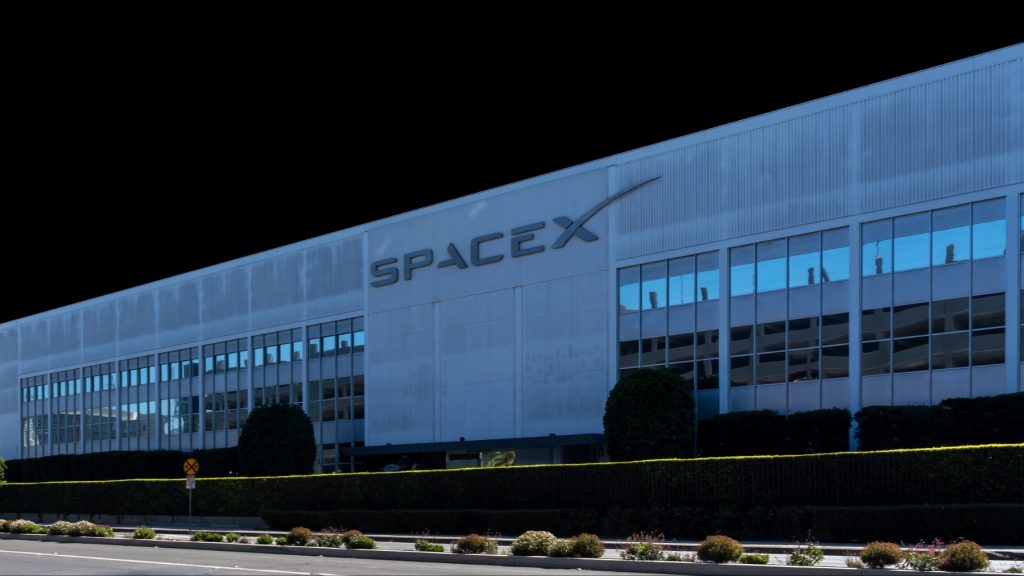
SpaceX employees managed to make a video call via the company’s Direct-to-Cell satellite service, using unmodified phones.
- The first text message was successfully sent via the initial Starlink satellites through T-Mobile’s network in January 2024.
- SpaceX plans to introduce texting capabilities later this year, followed by voice and data services in 2025.
SpaceX has demonstrated a successful, albeit blurry, video call made directly to a mobile phone via its satellite network.
Let’s rewind for a second. In August 2022, Elon Musk’s SpaceX announced their collaboration with T-Mobile on Direct-to-Cell satellite services. The technology would provide cellular connectivity from satellites directly to phones. It wasn’t until January 2024 that they successfully sent the first text message via the first Starlink satellites through T-Mobile’s network left Earth. They then rapidly expanded their fleet, from six in January to 38 recently.
Fast-forward to now.
SpaceX took to the social media platform X to show off the first video call made via those satellites, using unmodified smartphones. In the video, they juxtaposed the video with another of the same SpaceX employees on a video call via a traditional terrestrial connection. There were some image quality issues, but the call lacked any major disruptions.
While the video is blurry, it’s reliable, which is what really matters, especially for remote and underserved areas. Unlike conventional satellite systems, Starlink employs phased array antennas, which can steer the direction of radio wave emission without physically moving the antenna structure. They also use advanced software. Both facilitate smooth transitions between satellites, reducing latency and providing more reliable connections for users on the go.
SpaceX plans to begin with texting capabilities later this year, followed by voice and data services in 2025, pending Federal Communications Commission (FCC) approval.
While the success of this technology is quite important for the growth of rural and remote communities, it is also the case for emergencies and disaster relief. And this is reinforced by the fact that you need some specialized phone; you can just use your phone.
Imagine you are driving to visit your grandma in the countryside. The further you go from the city, the spottier your reception becomes. At certain points during the hour-long drive, there isn’t even a signal—not one bar. If you end up stranded on the side of the road in those dead zones, it could be hours before some good Samaritan passes by you. With Direct-to-cell satellite services, you wouldn’t need to worry about dead zones.
In the event of a disaster, natural or otherwise, telecommunications are the first to go dark. Since SpaceX’s technology works with existing phones, people wouldn’t need any special equipment to connect. Anyone with a standard phone in the service area could potentially make calls and send texts. In those cases, the ability to call for help, connect with loved ones, and receive updates is vital.
During disaster relief, it is customary for rescuers to establish entirely new communication networks, which is time-consuming. Using their existing smartphones and SpaceX’s constellation of satellites, that burden is lifted off their shoulders.
Inside Telecom provides you with an extensive list of content covering all aspects of the tech industry. Keep an eye on our Telecom sections to stay informed and up-to-date with our daily articles.